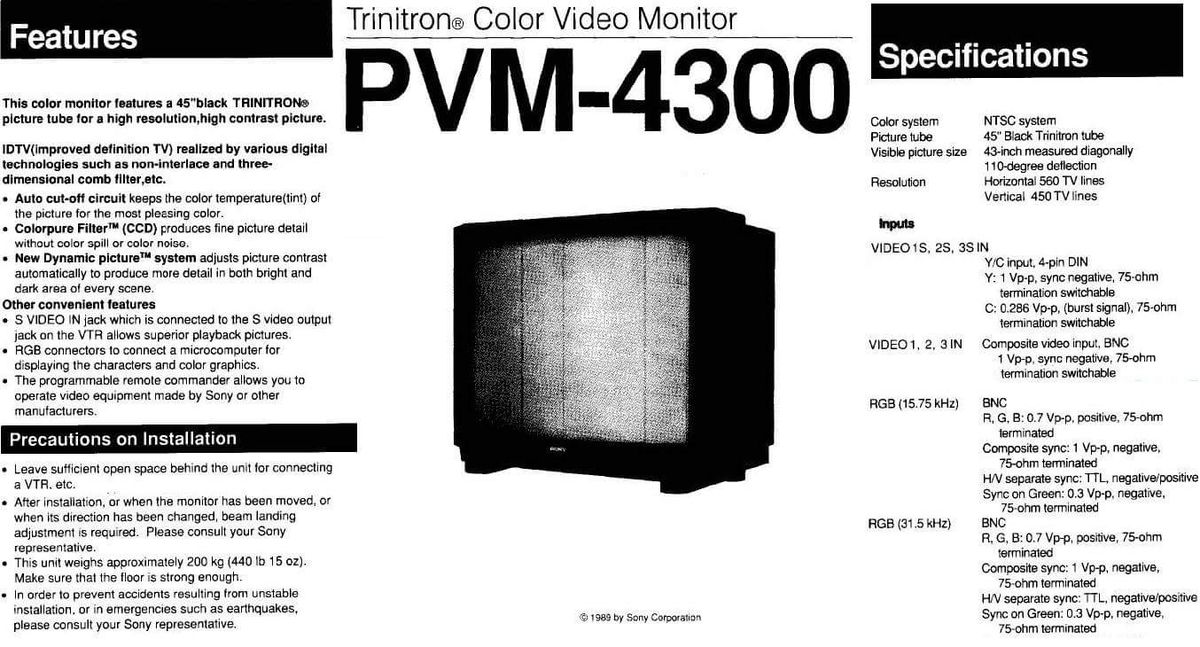The history and lifecycle of CRT television sets
Adi Robertson at The Verge has a fun, informative history of old cathode ray tube television sets, plus the people who study them, keep them working, and continue to use them. One maybe-surprising constituency: retro gamers.
Old games may look torn or feel laggy on a new TV. That’s in part because LCD screens process an entire frame of an image and then display it, rather than receiving a signal and drawing it right away.
Some games are completely dependent on the display technology. One of the best-known examples is Duck Hunt, which uses Nintendo’s Zapper light gun. When players pull the trigger, the entire screen briefly flashes black, then a white square appears at the “duck’s” location. If the optical sensor detects a quick black-then-white pattern, it’s a hit. The entire Zapper system is coded for a CRT’s super fast refresh rate, and it doesn’t work on new LCD TVs without significant DIY modification.
Old-school arcades, too, need to constantly maintain and replace their old tube monitors. Weirdly, this makes old television sets extremely valuable, even as it’s more and more difficult to have them recycled or thrown away.
“CRTs are essentially the bane of the electronic recycling industry,” says Andrew Orben, director of business development at Tekovery, one of the companies Barcade uses to dispose of irrevocably broken hardware. The tubes contain toxic metals that could leach into a dump site, and 18 states specifically ban sending them to landfills. They’re made of raw materials that are often impossible to sell at a profit, primarily glass that’s mixed with several pounds of lead.
They’re also insanely heavy. Even in 2002, a 40” tube TV would weigh more than 300 pounds. (Bigger TVs used to be rear-projections, remember?)






Stay Connected